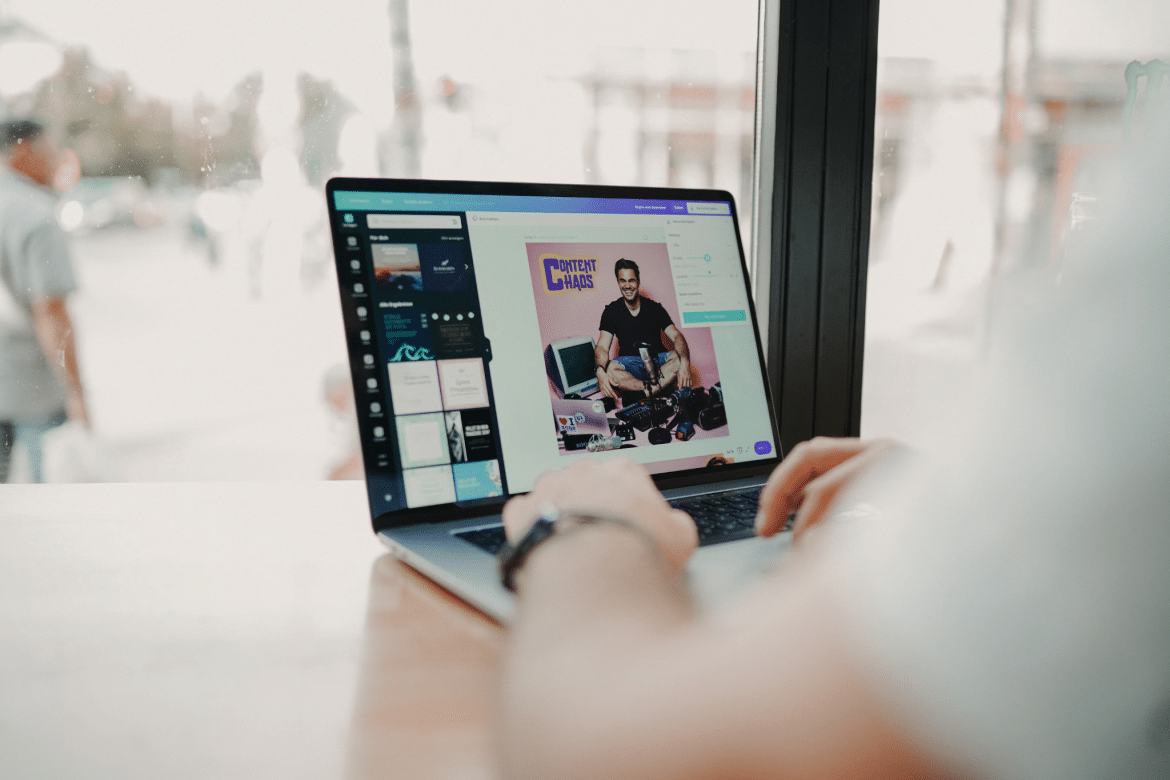In modern education, increasing attention is paid to experimental teaching methods. These are ways of acquiring knowledge based on practical experience. With their help, pupils and students of any age interact more actively with educational material.
As a result, they develop a deeper understanding of the material they have learned and retain acquired knowledge. One effective approach is content creation. Independently and creatively expressing knowledge and ideas is a great way for students to express themselves.
Practice for Fixing Theory in Learning
Experiential learning through hands-on content creation allows students to become creators instead of passive absorbers of information. They will be able to actively research, analyze, and synthesize knowledge to create their content.
After studying any theoretical material, you can invite students to record it by creating their own projects. Whether writing essays, creating videos, designing infographics, or podcasts, content creation requires students to practice what they’ve learned.
Benefits of Content Creation in Education
Hands-on learning through content creation gives participants many benefits while gaining knowledge:
- improve the process of memorizing received information;
- increase interest and involvement in the learning process;
- train and expand your imagination;
- stimulate creativity;
- develop critical thinking;
- express your creativity;
- explore innovative ways to convey ideas;
- think outside the box;
- experiment with different formats and media;
- understand how knowledge is applied in practice and exists in the real world.
Experiential learning through content creation is not just about acquiring knowledge, but about actively creating and disseminating it.
Practical Approaches to Content Creation
Here are some ideas to help you integrate hands-on experience in content creation into your learning process.
Creating an Entire Project
Offer to create an entire project that requires topic research, develop a thesis statement, and present your findings in a creative form, such as a blog, video presentation, or interactive website. This is a fun experience, especially if the student chooses the topic that will be the focus of the project.
Teamwork
Teachers can also invite students to do collaborative work. This is especially true for children. Teamwork promotes socialization, building proper communication with other people, creating even greater excitement and diversity of points of view. Each student will be able to take on a specific task and delve deeper into the material, evaluate more sources, and analyze data. After which the whole team will assemble the whole project.
Using Technology and Tips
Refrain from putting students in a rigid framework where they will not want to implement the task or will do it without enthusiasm. Instead, offer technology tools and platforms that make content creation easier. For example, let them write their essay or other text content with help from professional Essay Writer Pro writers. The main thing is that they delve into the material, write out the technical specifications themselves, then study the resulting text and come up with a cool way to present it.
We can also recommend video editing programs, graphic editors, and blogging platforms. Providing access to these tools helps students unleash their creativity and create high-quality content.
Speaking in Front of Others
It would be appropriate to offer to present your project to other students or organize a competition. This will also increase potential and passion for content creation, and develop leadership and public speaking skills.
Ideas for Hands-on Experiences
If you are new to experiential learning, help students with the idea of implementing the content and the entire process. You can have students conduct a science experiment and record the process and results in a video. It’s very exciting and great for teamwork.
For independent practice, it might be fun to research a historical figure or event and create a social media campaign to bring it to life.
Another fun idea is to have a student read a classic novel and write an entire blog analyzing its topics and characters, or learn a new fiction technique and create a lesson for others.
Conclusion
As you can see, experimental learning involving practical content creation is a fascinating path that schoolchildren, university students, and even adult students will surely enjoy. Where there is creativity, the process of self-expression, and gamification, there will always be stunning results.
Try to implement different practices, and invite students to choose and create them themselves. With experimental learning, even the most uninteresting material for students will become something exciting, and, what is more, memorable.

